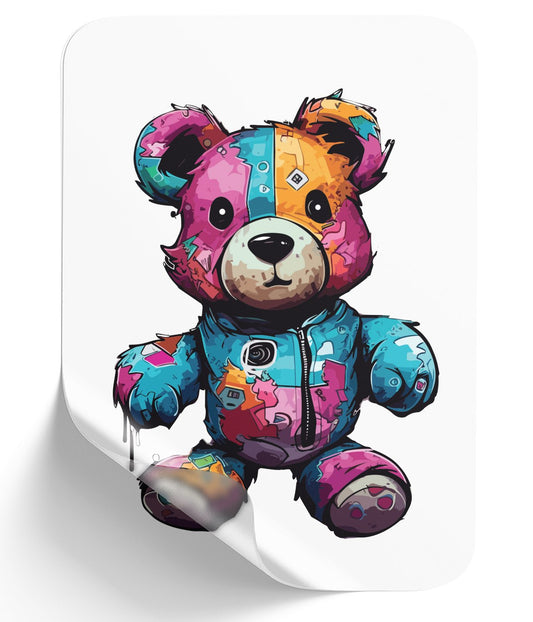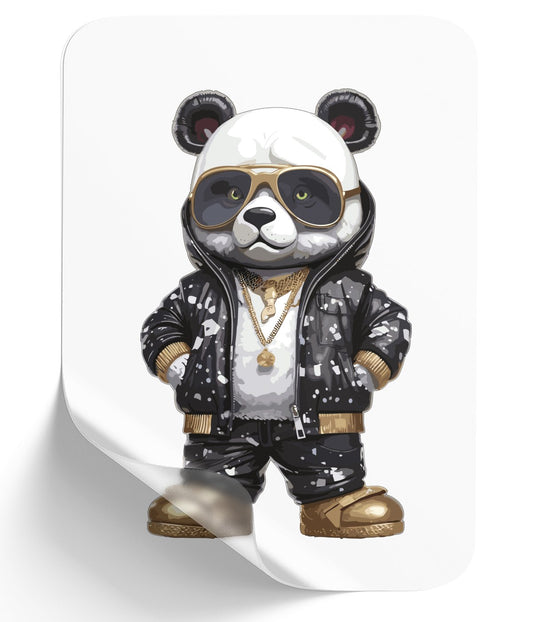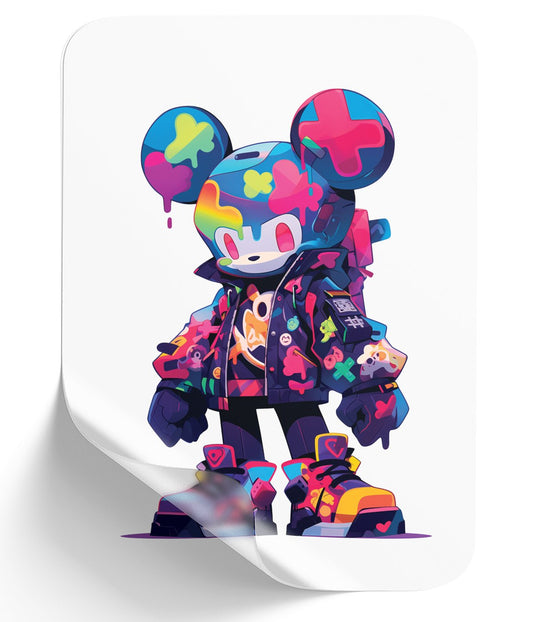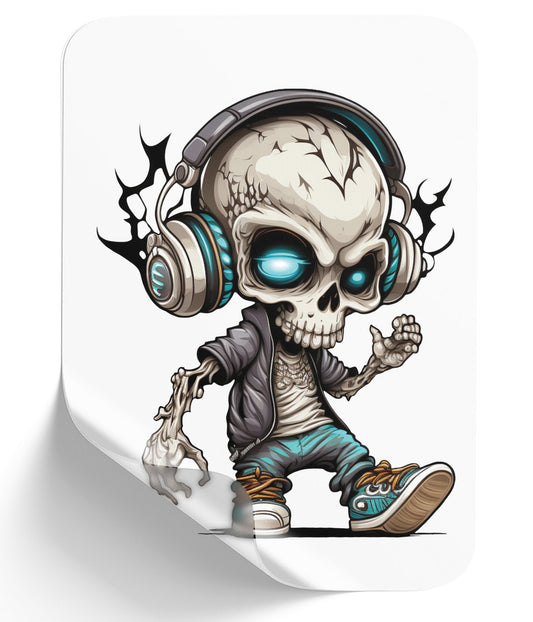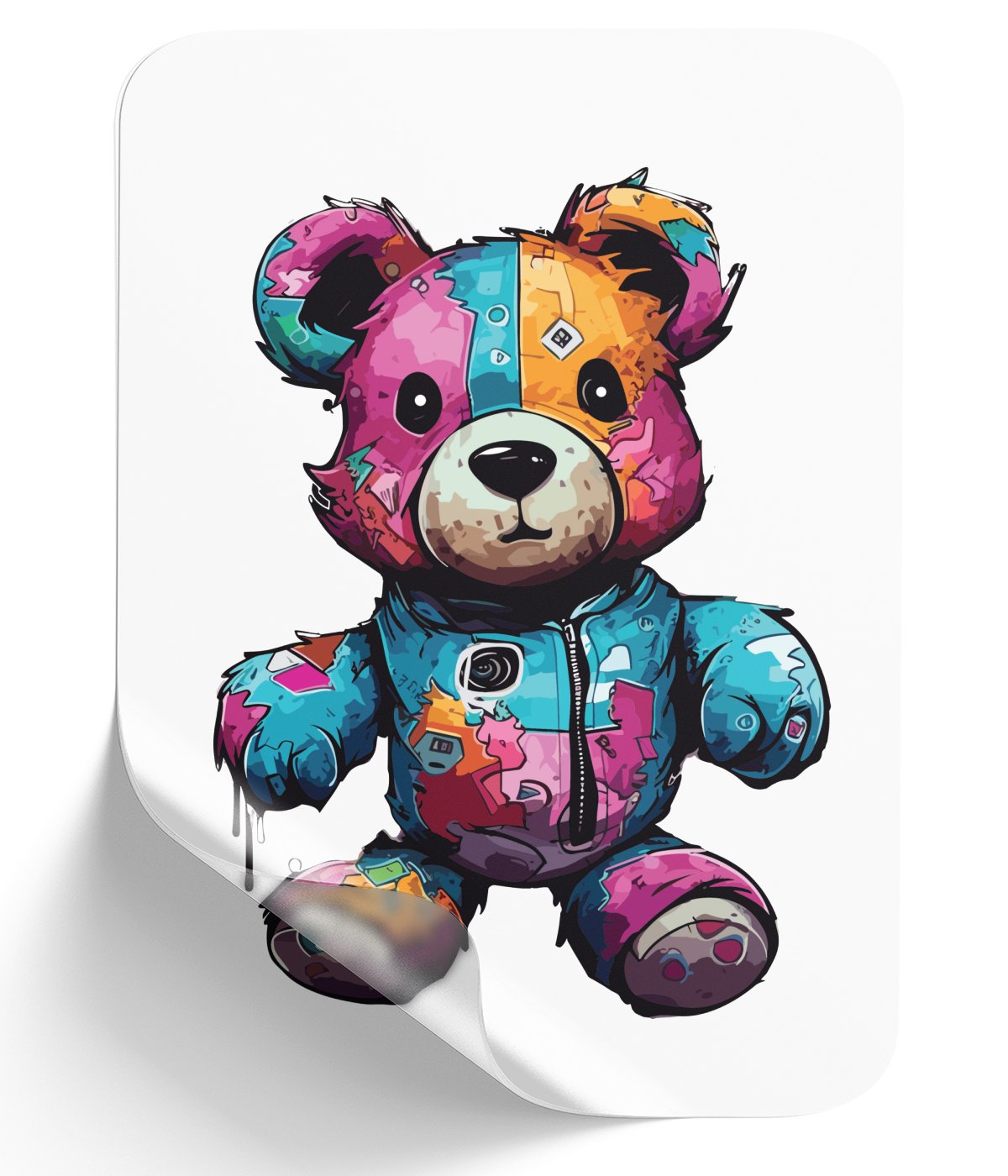Creating a Black Knockout Halftone Effect for Lightweight Prints
Table of Contents
- Understanding the Halftone Effect
- Step-by-Step Guide to Achieve the Black Knockout Halftone Effect
- Printing the Design
- Evaluating the Final Product
- Conclusion
In custom printing, achieving unique effects while keeping the print comfortable is essential. One effective technique is the black knockout halftone effect. This method enhances the visual appeal of a design while keeping the print lightweight and breathable. This guide will walk you through the process of creating this effect, showing you each step and the final product.

Understanding the Halftone Effect
The halftone effect uses dots of different sizes and spacing to create images. This technique produces striking visuals while reducing the amount of print material needed. By using a knockout strategy, you can remove certain colors (in this case, black) to add texture and depth to your design.
Step-by-Step Guide to Achieve the Black Knockout Halftone Effect
1. Prepare Your Image Layers
- Right-click on your layer to duplicate it, unlock it, and rename both the original and duplicate layers for clarity.
- Go to Image > Image Size. Resize the width of your image and set the resolution to 300 DPI.
2. Convert to Grayscale
- Right-click the top layer, choose Duplicate Layer, select the New document option, and click OK.
- Navigate to Image > Mode > Grayscale and click Discard when prompted.
- Adjust the levels by going to Image > Adjustments > Levels. Set whites to 50 and blacks to 3, then click OK.
3. Create Bitmap and Flatten Layers
- Convert your image to bitmap via Image > Mode > Bitmap. Use 300 DPI, 30 frequency, and a 22-degree angle to flatten the layers.
4. Copy and Apply Halftone Effect
- Select all (Ctrl + A), copy (Ctrl + C), and go back to your original image.
- Create a mask: hold Alt and click on the white thumbnail, then paste (Ctrl + V).
- Hide the original layer to reveal the halftone effect.
5. Final Adjustments
- Create an adjustment layer using solid color and move it below your halftone layer. Place the original layer on top to complete the effect.
Printing the Design
Once your design is ready, it’s time to print it. The goal is to achieve a print that is both visually striking and comfortable to wear.
Choosing the Right Transfer
- For this project, a 12x15 DTF (Direct to Film) transfer was used. The halftone effect reduces the print's weight, making it more breathable.
Preparing for Pressing
- Use a quality cotton t-shirt, such as the LAT Apparel model 6901, known for its printability and comfort.
- Measure the dimensions of the print area to ensure proper placement and alignment.
Pressing the Transfer
- Set the heat press to 300 degrees Fahrenheit and apply for seven seconds.
- Use a Teflon sheet to prevent any premature lifting of the transfer during heat application.
- After the initial press, carefully peel the transfer while holding the shirt down for the best transfer rate.
Evaluating the Final Product
The final result of the black knockout halftone effect is visually appealing and maintains the lightweight, breathable qualities essential for comfort. The details in the design, especially in varying thickness areas, create a unique texture that enhances the garment’s overall look.
Conclusion
Mastering the black knockout halftone effect opens up new possibilities for custom printing, allowing for creative designs without sacrificing comfort. This technique is a great tool for brands and shops looking to stand out in the competitive market. Stay tuned for our upcoming tutorials on related techniques, like gradients, to further enhance your printing projects and deliver high-quality results to your clients.
If you want to understand more about how to heat press DTF (Direct to Film) transfers, explore our in-depth Step-by-Step Guide for comprehensive details and expert insights. Also, you could watch the YouTube video below or visit our channel!

